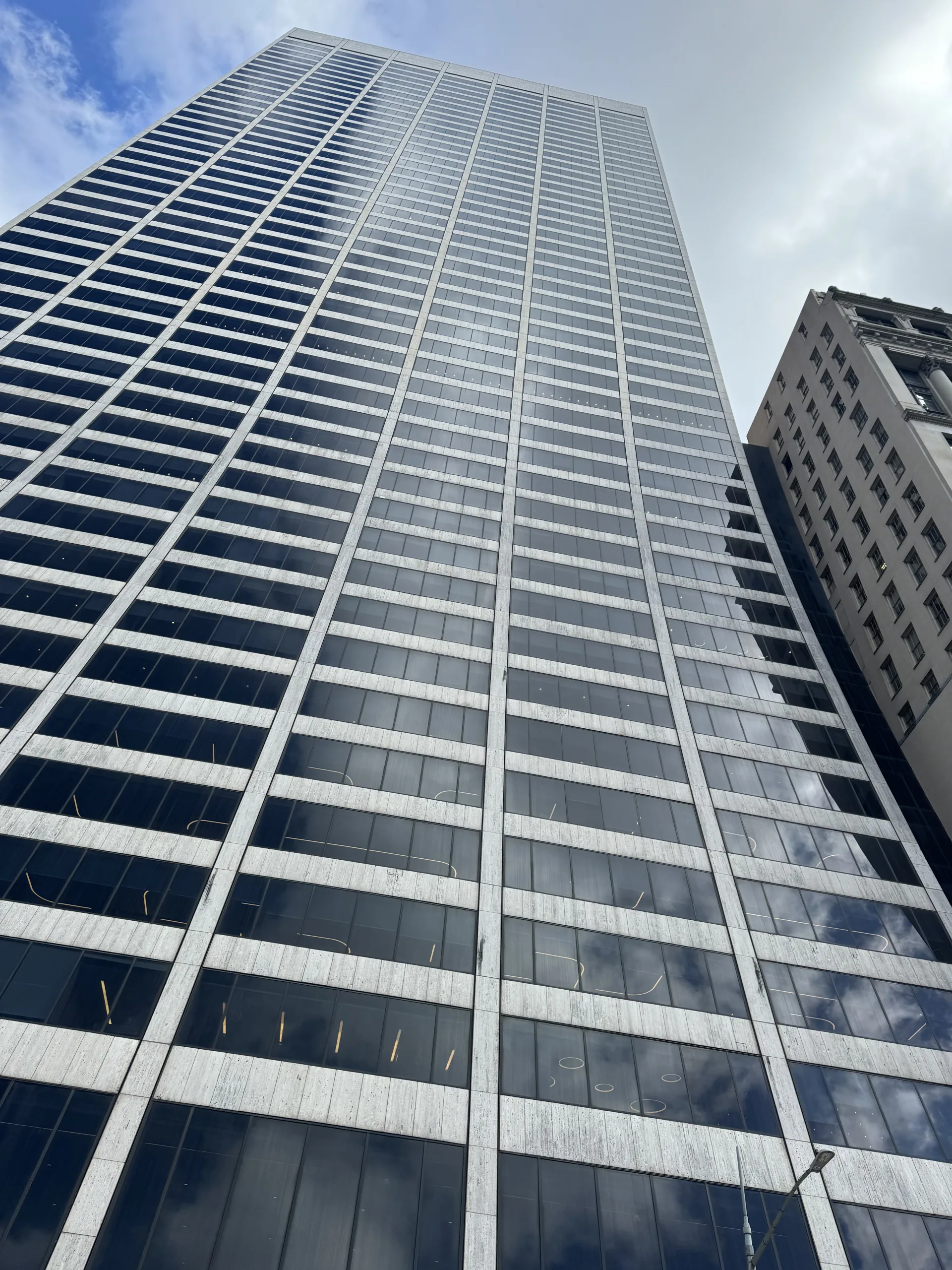After lodging a payment withholding request under the Building and Construction Industry Security of Payment Act 1999 (NSW) (SOPA) on a principal, a subcontractor may utilise the Contractors Debt Act 1997 (NSW) (CDA) to seek payment directly from the principal instead of the respondent/contractor.
This alternative means of seeking payment for work done can be a godsend in a high-risk industry where solvency is often in issue. However, it is not always easy to follow because the process is not clearly set out, and in fact, starts in the SOPA. This article seeks to clarify the process and what it means for you.
General
Under s 26A of the SOPA,[1] upon lodging an adjudication application a subcontractor can also lodge a payment withholding request (PWR) on the ‘principal contractor’ (defined as the entity who pays the respondent for the work or materials that the respondent engaged the claimant to carry out or supply to carry out/supply,[2] which is normally the principal). This is recommended where you may have concerns over your contractor’s solvency (and hence their ability to pay you in accordance with any favourable adjudication determination) as it obliges a principal contractor to retain money owed to the respondent for payment to you.
Step 1 – Payment withholding request
Process/Requirements
A PWR must be:
- in writing in the approved form which contains details of the adjudication application, contract between the respondent and principal contractor and work relating to the claim; and
- accompanied by a statutory declaration that the claimant genuinely believes that the amount of money claimed is owed by the respondent to the claimant.
Effect
Properly served, a PWR obliges a principal contractor to retain, out of money owed to the respondent/contractor, the amount of money to which the payment claim relates until one of the following events occurs:[3]
- the adjudication application is withdrawn or the adjudicator fails to determine the application in accordance with section 21 and a new application is not lodged under SOPA NSW s 26;
- the respondent pays the claimant the amount claimed under the payment claim;
- the claimant serves a notice of claim on the principal contractor for the purposes of CDA s 26 in respect of the payment claim; or
- 20 business days elapses since a copy of the adjudicator’s determination was served on the principal contractor.[4]
Step 2 – Notice of claim
Once you/the claimant receives a favourable adjudication determination, you should serve the following on the principal contractor to enforce the determination against it before the PWR expires:
- the determination, within 5 business days[5]; and
- the notice of claim, within a further 20 business days.
Process/Requirements
A ‘notice of claim’ is defined as the notice in the approved form together with a copy of the debt certificate.[6] From here onwards, we mostly look to the CDA over SOPA:
- Adjudication certificate – The first step is to obtain an adjudication certificate in respect of your adjudication determination under SOPA s 25. This can be done by applying to the adjudication authority which determined your application and paying the relevant fee.
- Debt certificate – Next you should file a notice of motion in the Court seeking a debt certificate in respect of the adjudication determination.[7] The notice of motion should be supported by an affidavit by the claimant certifying that the debt remains outstanding to it from the defaulting contractor and annex:
- the adjudication certificate; and
- an unsigned copy of the debt certificate sought from the Court.
- Notice – Fill out the notice of claim form under the CDA and annex a copy of the debt certificate to the notice. Together, these form the notice of claim which you must serve on the principal contractor.
Effect – assignment of debt
Service of the notice of claim operates to assign the claimant, the principal’s obligation to pay the money owed under the contract to the defaulting contractor the amount of the claimant’s unpaid certified debt.[8]
This is an assignment valid at law.[9] If principal contractor fails to pay you/the claimant, you have 12 months[10] from when the debt becomes payable to sue for and recover the debt assigned to you.[11] (Note that while the CDA provides a limitation period for debt recovery proceedings, it is silent on how long you must wait after serving a notice of claim before instituting such proceedings. We would encourage waiting about three weeks to a month, i.e., a ‘reasonable time’.)
Key takeaways
If you have any concerns over your contractor’s ability to pay you even where you have a favourable adjudication determination, you should lodge a PWR and seek payment (in the alternative) upstream from your principal contractor using the above processes.
If you would like to discuss this article with us, please contact Brett Vincent, Construction Partner, or Angie Kim, lawyer on (02) 9261 5900.
[1] Building and Construction Industry Security of Payment Act 1999 (NSW) (SOPA) s 26A.
[2] Ibid sub-ss (4).
[3] or owed by the principal contractor to the respondent if that amount is less than the amount claimed in the payment claim (see SOPA s 26B).
[4] Note that SOPA s 26B(5) requires the claimant to serve the adjudication determination on the principal contractor within 5 business days after the claimant is served with the determination.
[5] Ibid; in accordance with SOPA s 26B(5).
[6] CDA s 6.
[7] CDA s 7.
[8] CDA s 8.
[9] CDA s 11.
[10] CDA s 17.
[11] CDA a 11.

